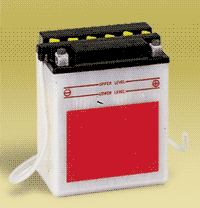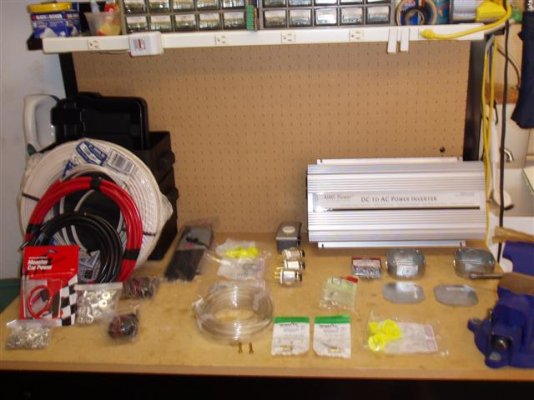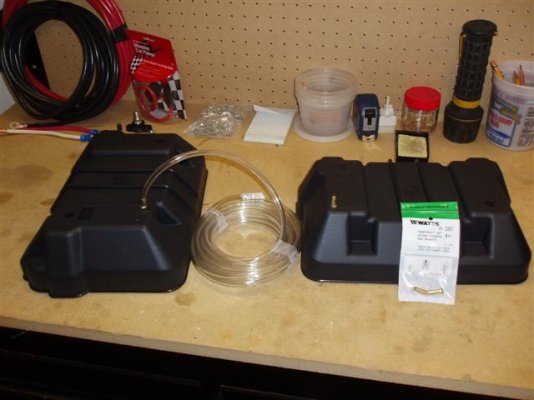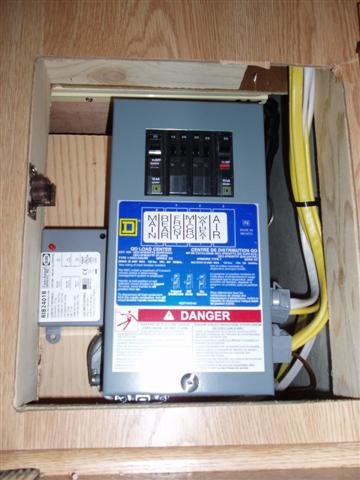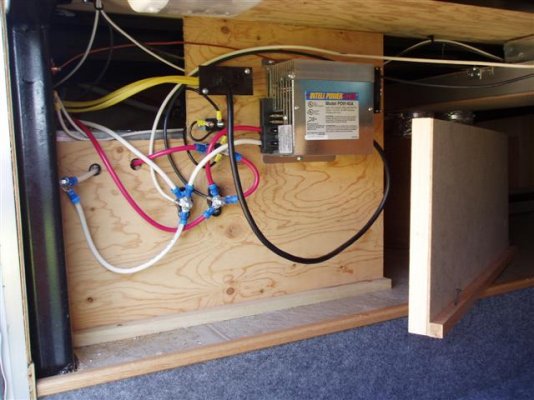B
BNTorsney
Guest
Our new Brookside fifth wheel RV is approximately 8 feet wide by 30 feet long and 12 feet high. The storage area of this unit is the bottom, approximately 8'x30'x3'. This area is not air tight. I had planned to install a DC/AC inverter and extra two deep cycle batteries (total of 4 batteries - 360 amp hours) in the front of this area; in Tempo Marine battery boxes. The instructions that came with the inverter caution against placing the inverter and batteries together.
The two batteries that came with the RV are in a separate, sealed, vented compartment. If I were to drill holes in the Marine boxes and run a sealed hose from each box to that vented battery compartment, does anyone think it would be adequate? Any suggestions would be greatly appreciated; Thank you in advance.
The two batteries that came with the RV are in a separate, sealed, vented compartment. If I were to drill holes in the Marine boxes and run a sealed hose from each box to that vented battery compartment, does anyone think it would be adequate? Any suggestions would be greatly appreciated; Thank you in advance.

